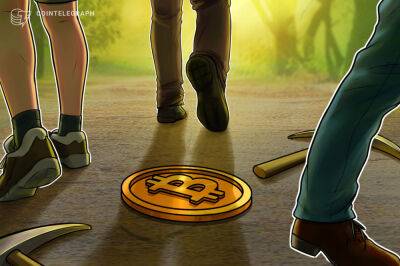Shear desperation: low price of wool pushes farmers to opt for moulting sheep
No one shears sheep to sell the wool any more, explains James Edwards, a new-entrant tenant farmer with a flock of more than 1,200 ewes. Instead, most people do it for the sheep’s sake, to get the wool off them. After decades of wool prices that barely cover the cost of shearing, more and more farmers are seeing wool as an optional extra to the meat that brings in the bulk of their income.
A price crash during the pandemic saw farmers getting an average price of just 32p a kilo for wool. In contrast, a lamb currently has a value of about £90-£120.
That’s why an increasing number of shepherds like Edwards are turning to “wool shedders” – breeds of sheep that shed their own wool. The National Sheep Association (NSA) estimates there could be as many as 500,000 wool-shedding breeding ewes in the UK, out of a total population of 14.5 million. Edwards’s wool shedders are exlanas, a breed that has been in development since 2008 and whose name means “without wool” in Latin.
The wool-shedding trait has its origins in the Wiltshire Horn, a native breed of British sheep that was predominant in the south-west county during the 18th century, before the movement towards increasingly woollier sheep led to a decline in its popularity.
“Wool is a man-made thing,” says Edwards. “Naturally, sheep don’t have big woolly fleeces, because there wouldn’t be anybody there to shear them. All forms of early, primitive or wild sheep either shed their wool or it falls out.
“We bred them to have massive fleeces because of the wool trade; that was great, because wool was a fibre that was incredibly popular. Fast forward to now, it’s simply not worth anything.”
For Edwards, wool-shedding sheep were the only logical choice when he came to building his first
Read more on theguardian.com




















